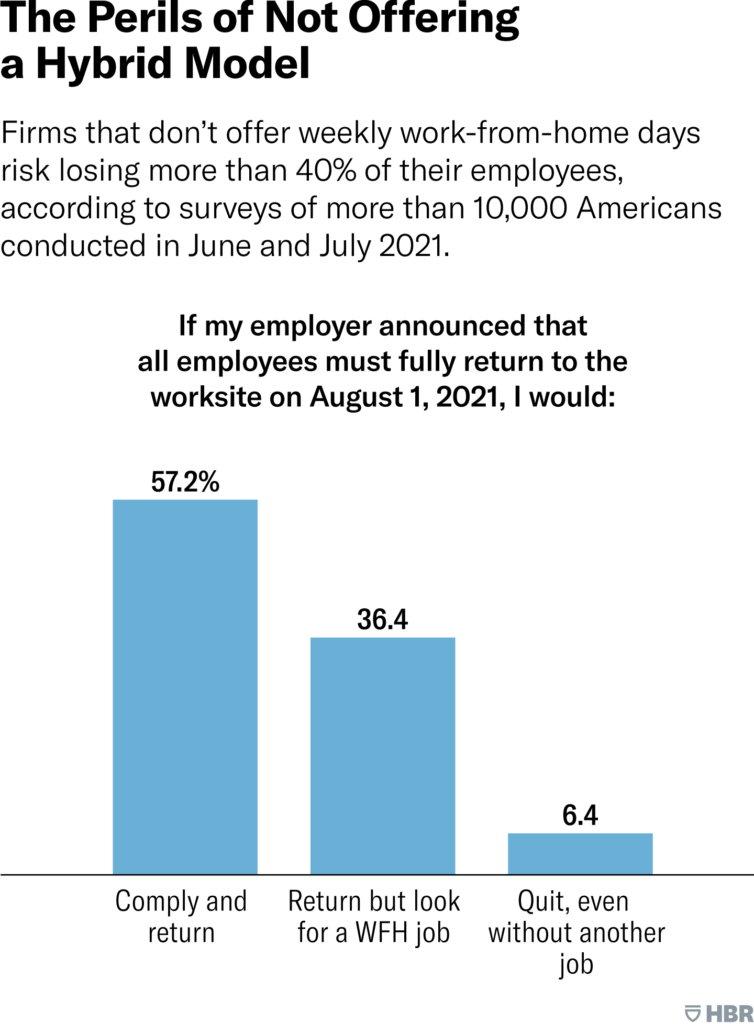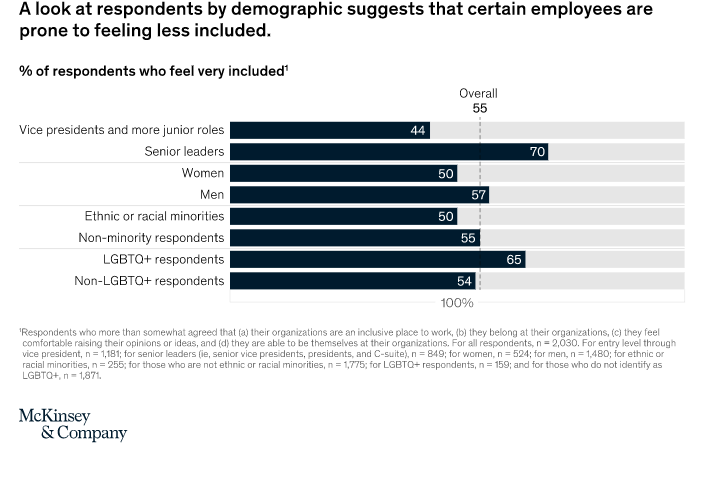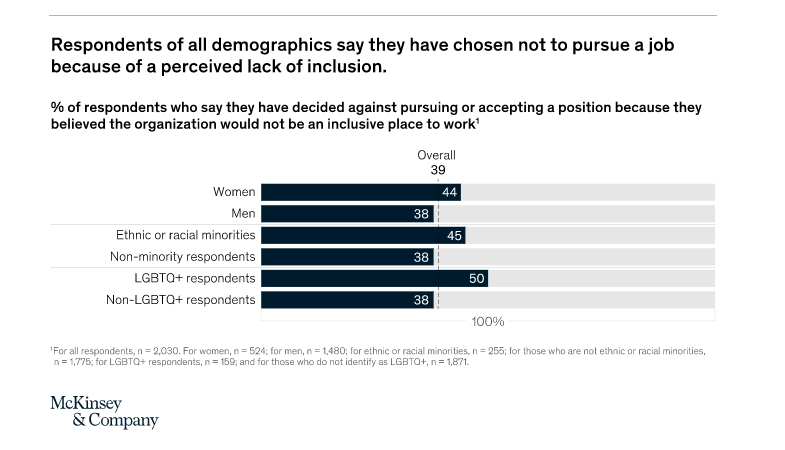How to be seen as a Brilliant and Bold Leader [Become a great Communicator] 1 June 2022 4 min ReadThis is a recap of Harvard Business Review @HarvardBiz ’s Good Leadership is About Communicating Why, by Nancy Duarte @nancyduarte. Becoming a bold leader means that...
![Tips on how to make Remote Work work for you [It’s here to stay]](https://swae.io/wp-content/uploads/Resources_Swae_Harvard_Business_review_how-to-make-remote-work-work-for-you-its-here-to-stay-1080x675.png)
Tips on how to make Remote Work work for you [It’s here to stay]

Tips on how to make Remote Work, work for you
It’s Here to Stay
4 May 2022 4 min Read

This is a recap of Harvard Business Review’s @HarvardBiz “The Realities of Remote Work” (download the full PDF at the bottom of this article) by Laura Amico.
For some great tips for remote work, within this recap (and the full article) there are some essential questions that you should be asking your now to help them get more adapted to the hybrid work environment.
Asking these questions and getting in front of potential issues is the best way to handle all of this, and we’ve included an extra chart below for some important information about companies offering hybrid work models. This could help your people adjust further, and if your organization can understand that there are some concerns to address then it can combat larger issues that could potentially hit you down the road.
There are two critical questions that you can ask of your people, and it may behove you to also make an ask for ideas and solutions to help solve the issues that could arise (this is what Swae is meant for!).
“ How has the pandemic changed how you think about work-from-home opportunities? Have your work-life boundaries shifted in ways that you are happy (or unhappy) with? Does “always on” mean that you are more productive?”
Laura Amico @HiLauraAmico
MORE KNOWLEDGE | LESS TIME
The Two Minute Takeaway
KEY TAKEAWAY 1
The pressure is building
Some of us have had remote work situations for a long time so there was no shifts or changes needed; however, that is certainly not the case in many offices around the globe.
The pressure is building as managers are beginning to feel a lot more pressure to respond instantaneously, which causes more stress.

Source, HBR
There’s also a work-life balance issue that needs to be addressed ahead of the curve so that the pressure doesn’t cause more harm as it builds.
People aren’t leaving their computer screens (you can see that chart in the full PDF that you can download below), which is also a concern for the health of an employee.
(Being on a computer 24 x 7 is NOT good for anyone, but we don’t have to tell anyone that, right?!)
KEY TAKEAWAY 2
Trusting how much work is getting done in-office versus at home

Source, HBR
Why This Matters
Here’s some extra research (not provided in the PDF) if you’re curious…
Are you working for a company that’s thinking about getting rid of the hybrid (remote + in-office) work model?
Harvard Business Review did some research around this topic (you can see this in the chart here below) as to what it would mean if a company did NOT offer a hybrid work model now and the numbers are staggering.
If you’ve thought about cutting that hybrid model out, think again! Companies that cut out the hybrid model could lose more than 40% of their employees (this study asked over 10K people in the U.S. which is a pretty good sample set).

Download the HBR Report
Join our community and get the inside scoop, the latest insights to hack your innovation and helpful tips from our gurus.
This recap references the Harvard Business Review article by Laura Amico @HiLauraAmico.

Swae is helping organizations across the world to solve today’s problems and create tomorrow’s strategy. From Start-ups to Charities, and Enterprises to DAOs, our clients find that their greatest resource is their people, and Swae is proven to help get the best from the untapped potential within their workforce.
We’d love the chance to show you how Swae can help you find your next winning ideas…

Ready to learn how Swae can help your organization?
More to explore…
How to be seen as a Brilliant and Bold Leader [Become a great Communicator]
Being Honest in Leadership Roles Helps Drive Innovation and Long-Term Success
Being honest in Leadership roles helps drive Innovation and long-term Success Doing Decision-Making Right Without Blinders On23 May 2022 5 min ReadThis is a recap of Harvard Business Review’s @HarvardBiz “Decisions Without Blinders” study. Being honest in leadership...
Many Companies Are Hiring Immediately [Research Shows People Desire Better Workplaces]
Many Companies Are Hiring Immediately [Research Shows People Desire Better Workplaces] Workers Are Quitting Their Jobs Like Never Before 15 May 2022 4 min ReadMany companies are hiring immediately and there’s a big reason why. U.S. workers are quitting their jobs like...

![How to be seen as a Brilliant and Bold Leader [Become a great Communicator]](https://swae.io/wp-content/uploads/Resources_Swae_Harvard_Business_review_How-to-Be-Seen-as-a-Brilliant-and-Bold-Leader-Become-a-Great-Communicator-400x250.png)

![Many Companies Are Hiring Immediately [Research Shows People Desire Better Workplaces]](https://swae.io/wp-content/uploads/Rew_Research_Swae_Many-Companies-Are-Hiring-Immediately-Research-Shows-People-Desire-Better-Workplaces-1-400x250.png)
![4 Ways to Build a More Inclusive Workplace [Your Employees Desire More]](https://swae.io/wp-content/uploads/Resources_Swae_McKinsey_Inclusive_workplace-1080x675.png)






![Here’s the Real Truth About Workplace Speak Up Culture and Employee Engagement [Study by MIT Sloan Review]](https://swae.io/wp-content/uploads/Resources_MIT_Sloan_Review-1080x675.png)








